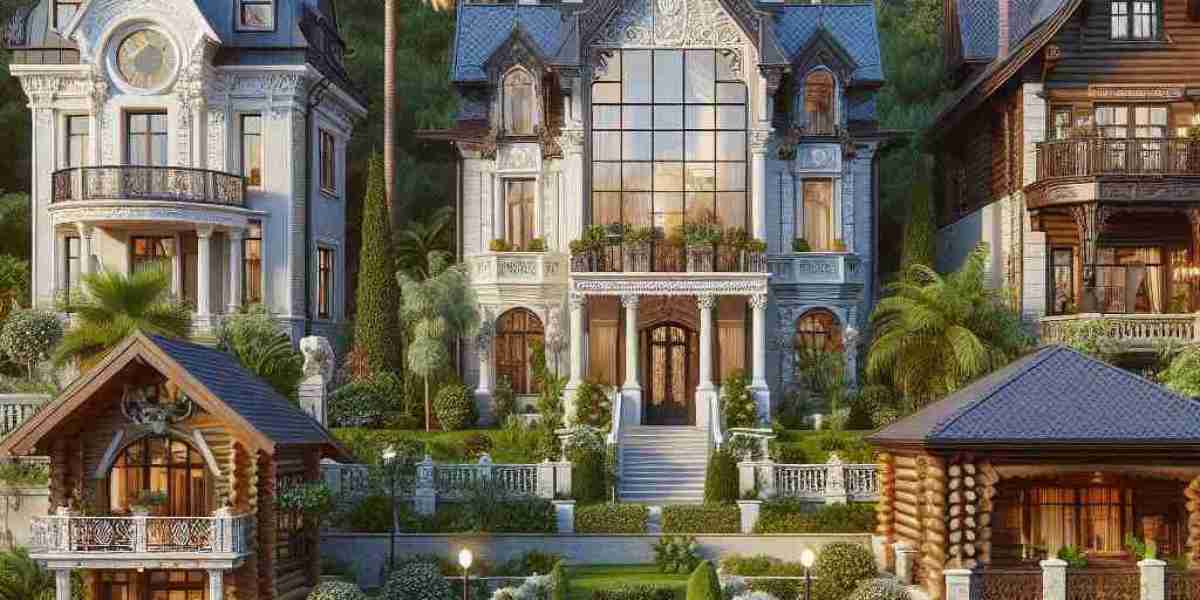When it comes to homes, the term "best" can be subjective, depending on what one values—whether it's luxury, sustainability, design, or historical significance. However, some houses around the globe stand out due to their architectural brilliance, unique designs, and breathtaking locations. Let's explore some of the best houses in the world that have captured the imagination of architects, designers, and dreamers alike.
1. Villa Savoye (Poissy, France)
Designed by the legendary architect Le Corbusier, Villa Savoye is a masterpiece of modernist architecture. Completed in 1931, this house exemplifies the "International Style," characterized by its emphasis on functionality, clean lines, and open space. The house, perched on stilts, seems to float above the landscape, offering panoramic views of the surrounding nature. Its minimalist design and innovative use of concrete and glass have made it a significant influence on modern architecture.
Key Features:
- Architectural Significance: Pioneering modernist design.
- Unique Design: Open floor plan, ribbon windows, and roof terrace.
- Historical Value: A UNESCO World Heritage site.
2. Fallingwater (Mill Run, Pennsylvania, USA)
Fallingwater is perhaps one of the most famous houses in the world, designed by the iconic architect Frank Lloyd Wright. Built between 1936 and 1939, this house is renowned for its harmonious integration with nature. The house is partially built over a waterfall, making the sound of rushing water a constant, soothing presence. Wright’s philosophy of organic architecture is evident in the way Fallingwater blends with its natural surroundings, using local stone and cantilevered terraces to mimic the natural rock formations.
Key Features:
- Integration with Nature: Built over a natural waterfall.
- Architectural Innovation: Use of cantilevers to create overhanging spaces.
- Cultural Significance: A symbol of American architecture.
3. The Glass House (New Canaan, Connecticut, USA)
Designed by Philip Johnson, The Glass House is an icon of minimalist architecture. Completed in 1949, it is exactly what the name suggests—a house made almost entirely of glass. The walls are transparent, offering unobstructed views of the surrounding landscape. This house challenges the conventional notions of privacy and boundaries, making it both a home and a work of art.
Key Features:
- Minimalist Design: Emphasis on simplicity and transparency.
- Architectural Experiment: A radical departure from traditional house designs.
- Cultural Impact: Influential in the development of modern architecture.
4. Casa Batlló (Barcelona, Spain)
Casa Batlló is a testament to the genius of Antoni Gaudí, the Catalan architect renowned for his whimsical, organic style. Completed in 1906, this house is a prime example of Gaudí’s use of flowing forms, vibrant colors, and symbolic elements. The façade is adorned with a mosaic of broken ceramic tiles, while the roof is shaped like the back of a dragon. Inside, the house is just as imaginative, with undulating walls, stained glass windows, and intricate woodwork.
Key Features:
- Artistic Design: A fusion of architecture and art.
- Cultural Heritage: A UNESCO World Heritage site.
- Gaudí’s Signature Style: Organic shapes and colorful mosaics.
5. One Hyde Park (London, UK)
For those who equate the best with luxury, One Hyde Park is one of the most exclusive









